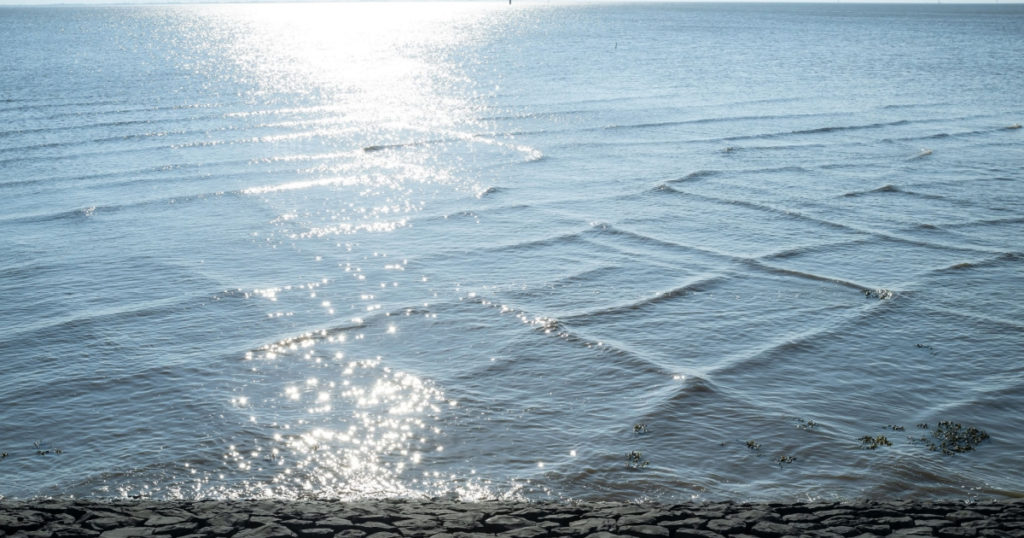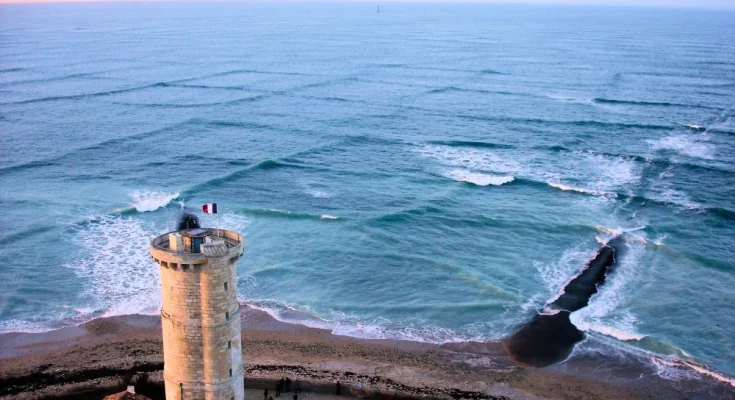We all love to spend our summers wading in the sea and generally having fun. That is precisely why most of the beaches are crowded, specifically during that part of the year. However, while surrounded by water, it is very important not to let go of our senses. A single misstep can end up being pretty fatal. As it stands, we are quite aware of traditional changing tides and rip currents- but one needs to be aware of the dangers that square waves possess. Sure, it looks quite stunning and mesmerizing, but it is also one of the most dangerous things that one can see in an ocean or water body.
For those who are curious, a square wave is also known as cross sea, and occurs when two or more swells meet to form a square- which often resembles a checkerboard. As explained by the ESA or the European Space Agency back in 2010, “The conditions are quite common in the ocean and occur when a windsea, and a swell, or two swell systems, coexist.” A study conducted in 2004 also showed, “a large percentage of ship accidents occurred in crossing sea states.”

The cross seas form swells that can go up to 10 feet in height and create unique patterns in the wind. This makes it difficult for boaters to navigate and swimmers to make their way through the seas. So, while it is pretty rare if one does stumble across this, they would have to avoid heading out using a boat or even swimming in treacherous seas. Rather, one should spend this time relaxing on the sand- waiting for better conditions to venture out.
Read: Surfers Risked Their Lives To Save A Crying Baby Whale By Swimming Beside Him For Six Hours…
Square Waves May Be Attractive, But They Are Also Dangerous
There are a few places where square waves are found. Usually, these are found at peninsulas of land where two oceans or big waterbodies meet. With the swells coming up from different angles and often refracting all the way around the peninsular region, one can see the formation of a square wave. Some examples would be the Isle of Re in France. The island, located just off the coast of La Rochelle in France, is one of the most well-known locations for spotting crossed sea waves. Another coastal area where one can see such waves would be Cape Reinga in New Zealand. It is situated at the very Northern tip of the country, where the Tasman Sea and the Pacific Ocean collide.



